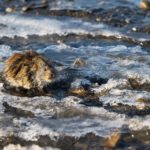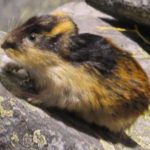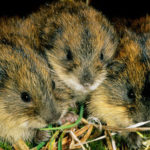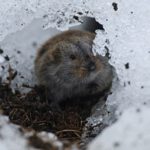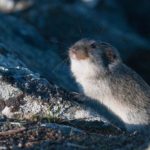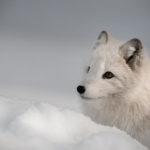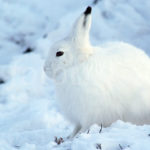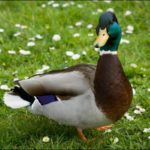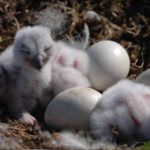Facts about lemmings
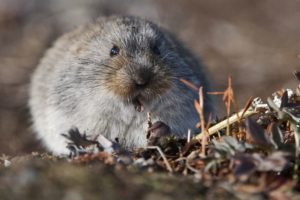 For more than a century, scientists around the world have been closely following the phenomenal migrations of lemmings, more like mass “suicides”. In recent years, biologists have agreed that there is no riddle in this, as there is no suicide. That’s only in explaining the reasons they can not be determined until the end …
For more than a century, scientists around the world have been closely following the phenomenal migrations of lemmings, more like mass “suicides”. In recent years, biologists have agreed that there is no riddle in this, as there is no suicide. That’s only in explaining the reasons they can not be determined until the end …
Migration is called periodic (for example, fur seals, wintering in the Sea of Japan, and in the summer mongering and moulting on the islands of the North Pacific, migratory birds) or non-periodic (for example, evacuation of pine trees due to lack of feeds from the north of Siberia to its south) for an individual (nesting) habitat during the season, year or a number of years.
- Lemmings belong to the family of hamsters.
- In winter some of the lemmings have fur bright or whitening.
- For a day, lemming eats twice as much as it weighs (and for a year eats about 50 kg of feed).
- Lemmings feed all day with small interruptions.
- Lemmings inhabit the tundra and the islands of the Arctic Ocean.
- Lemmings are active all year round.
- Lemmings feed on sedges, shrubs and mosses.
- Lemmings live 1-2 years.
- The welfare of most predators of the tundra depends on the number of lemmings (ermine, Arctic fox, white owl).
- Lemmings are carriers of pathogens of a number of viral diseases.
